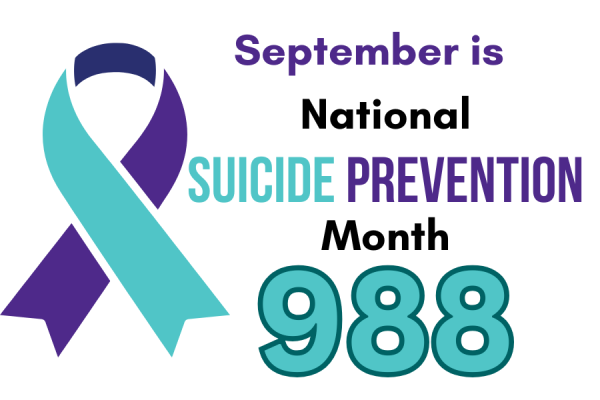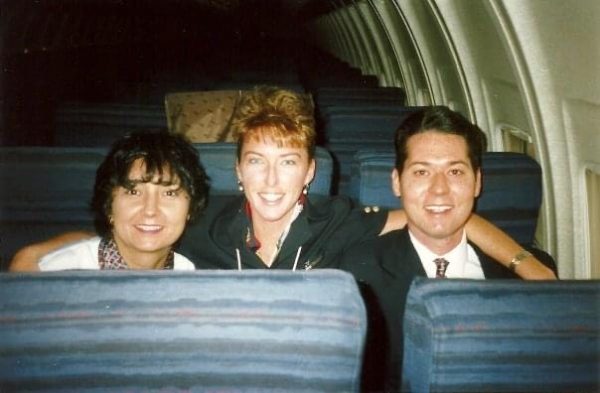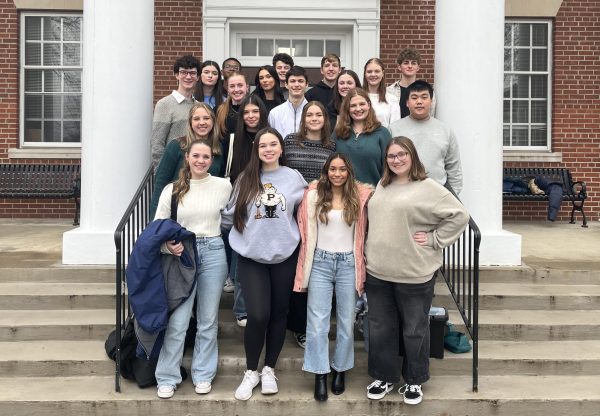Café, District Staff Work to Improve Cart Lines
Donuts. Chicken Biscuits. Bosco sticks. Apple Juice.
Beginning in 2017, GRC was given the opportunity to have what we students know as second-chance breakfast.
Immediately, this service became a hit as students could obtain a free breakfast meal without having to come to school early for first breakfast.
Second-chance breakfast is served in between first and second periods, all in an eight-minute time increment.
While this method of serving breakfast has been very popular at GRC, many students have become frustrated due to the lengthy wait periods at the carts where the meals are served.
Principal Bolen, Cafeteria Manager Gina Walker, and District Food Service Supervisor Tina Banks agree that student responsibility and connectivity issues contribute to the slow service.
Each cart has a computer and a key pad where students can punch in their ID number or scan their actual ID badges. However, technology does have its faults. These computers and number pads rely on the Wi-Fi connection at GRC, which constantly inflicts lags and delays in the system.
“Technology employees have worked very closely with us in the past couple weeks and put us on a separate network,” said Banks. “This seems to have made it faster; however, sometimes, as with anything, you will have problems. Your patience is needed; we get just as frustrated as the students.”
The technology employees see great value in this service opportunity for GRC. With our school having “one of the most dense and robust wireless networks in the state,” according to Michael Napier, Chief Information Officer, the technology staff is working diligently to make this service more efficient, in order that more students can participate.
“The Technology Department, along with the Food Service Department, just purchased five new wireless Point of Sales (POS) devices,” said Napier. “This will increase the number of second-chance carts and should greatly reduce the lines and waiting periods. Furthermore, Technology has also been working directly with the cafeteria staff to ensure proper training on the devices to lessen user error issues.”
While the technology at the carts is one reason for backups, another cause of the long waiting period is student responsibility.
Student IDs must be punched in on the keypads or scanned because the meals they receive need to be tracked.
This information allows the cafeteria staff to not only know how many meals are being consumed, but also prevents students from taking more than one meal a day.
Without students carrying their IDs, or having their numbers memorized, frustration at the carts occurs.
“If you know your number, the process will go faster because you can punch it in,” said Banks. “If we have to stop and look your name up, it takes twice as long. Then you’re holding up another person in line. It’s important to either have your badge or have your number memorized. You need that number for four years. You need it for the library and the cafeteria, so why not just learn it?”
While the lines leading to the breakfast carts every day are inconvenient and frustrating, students can make steps to better the situation.
One thing is for sure – the cafeteria staff is not at fault.
“Be patient with the cafeteria staff,” said principal Mr. Bolen. “They are doing their best and are trying to improve service at the carts.”
Even through handling criticism and frustrated students, the cafeteria staff still looks to make the students’ school days smoother and easier.
“We appreciate student feedback on anything,” said Walker. “If we can make things better, then we can try to do something about it. We all want their feedback because we want the kids to be happy.”

Hayden is a Senior at GRC. She enjoys tennis, sewing like a grandma, and anything artsy. Her favorite color is green, and her favorite food is chocolate chip pancakes.










